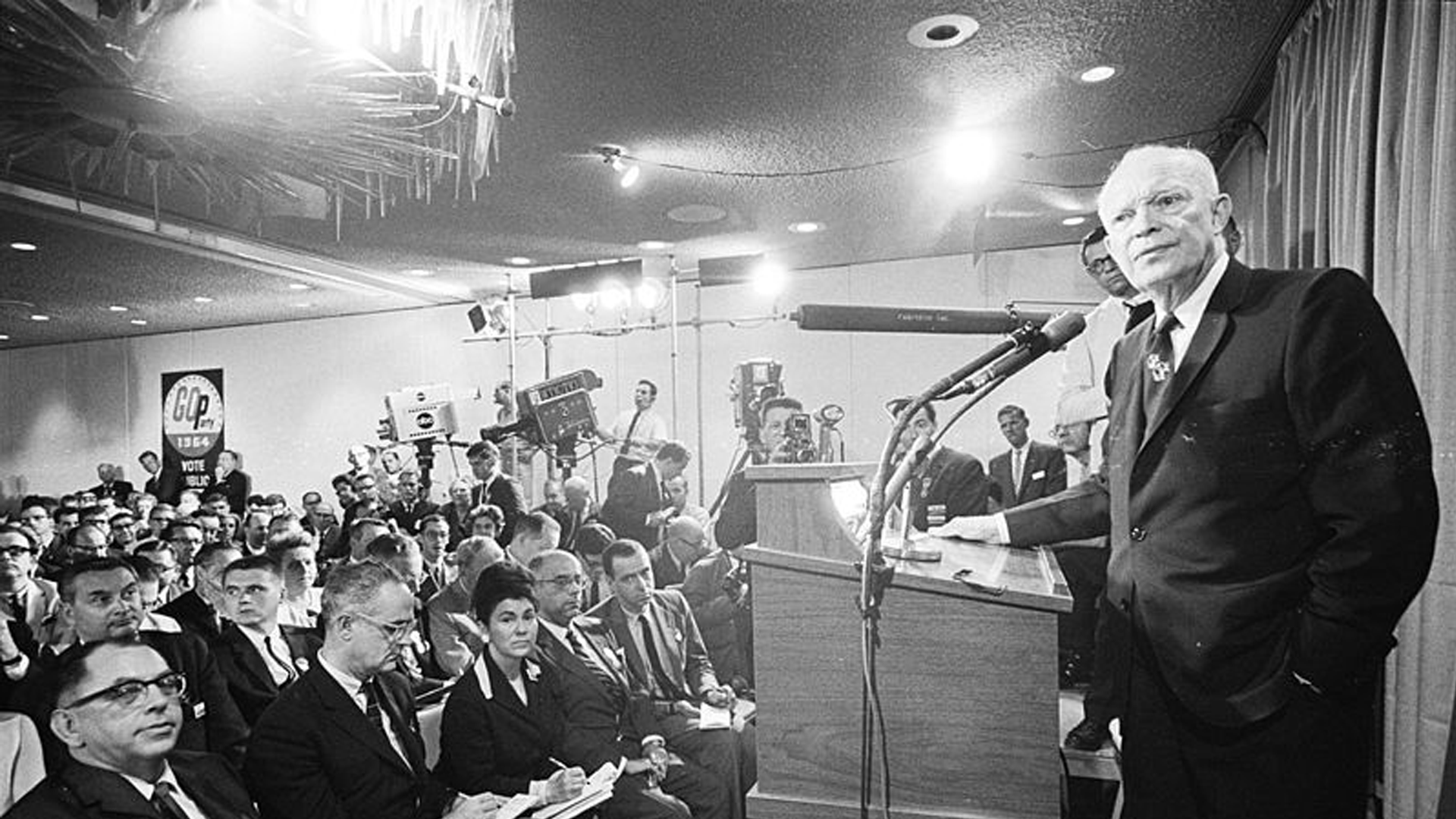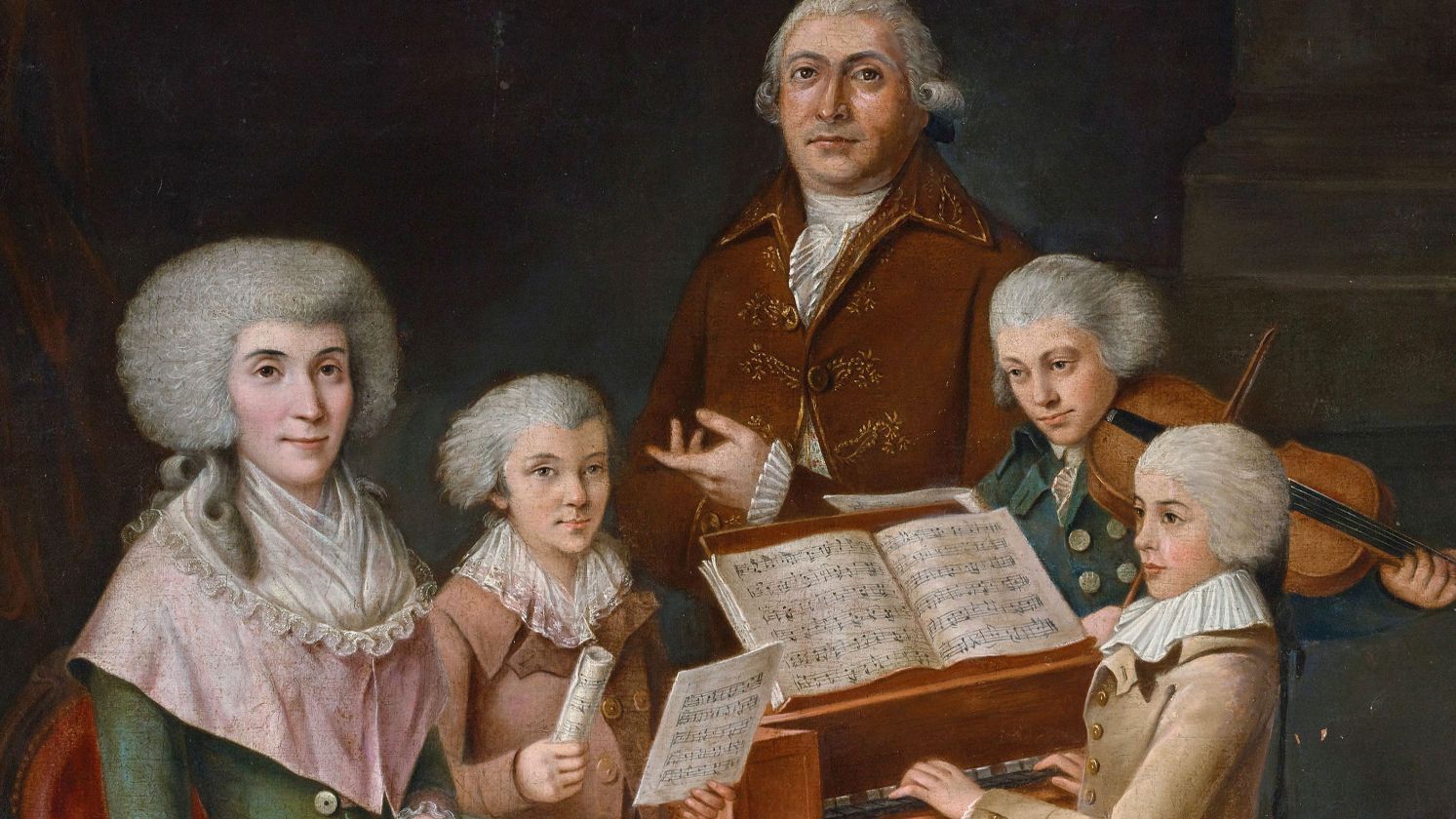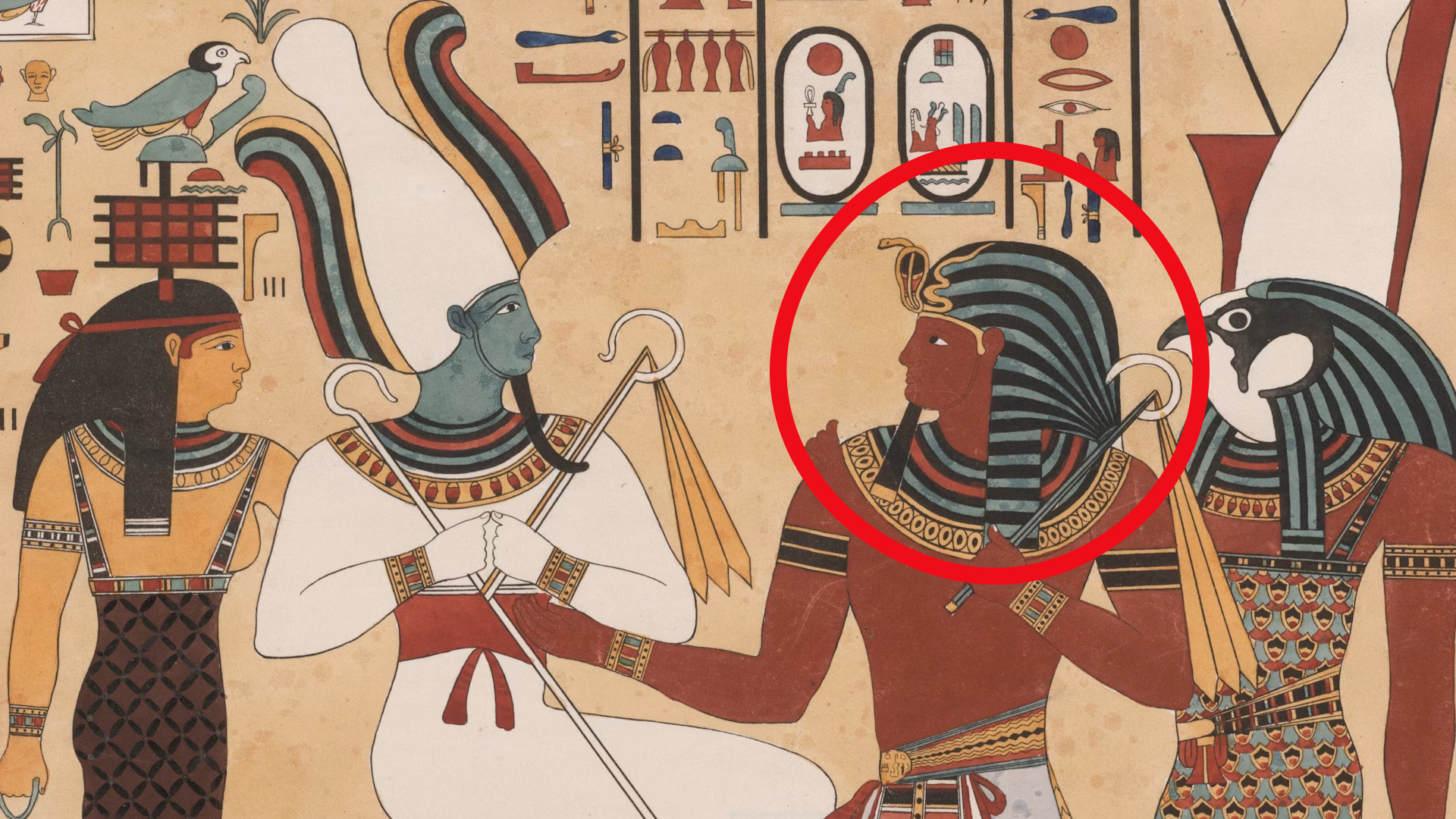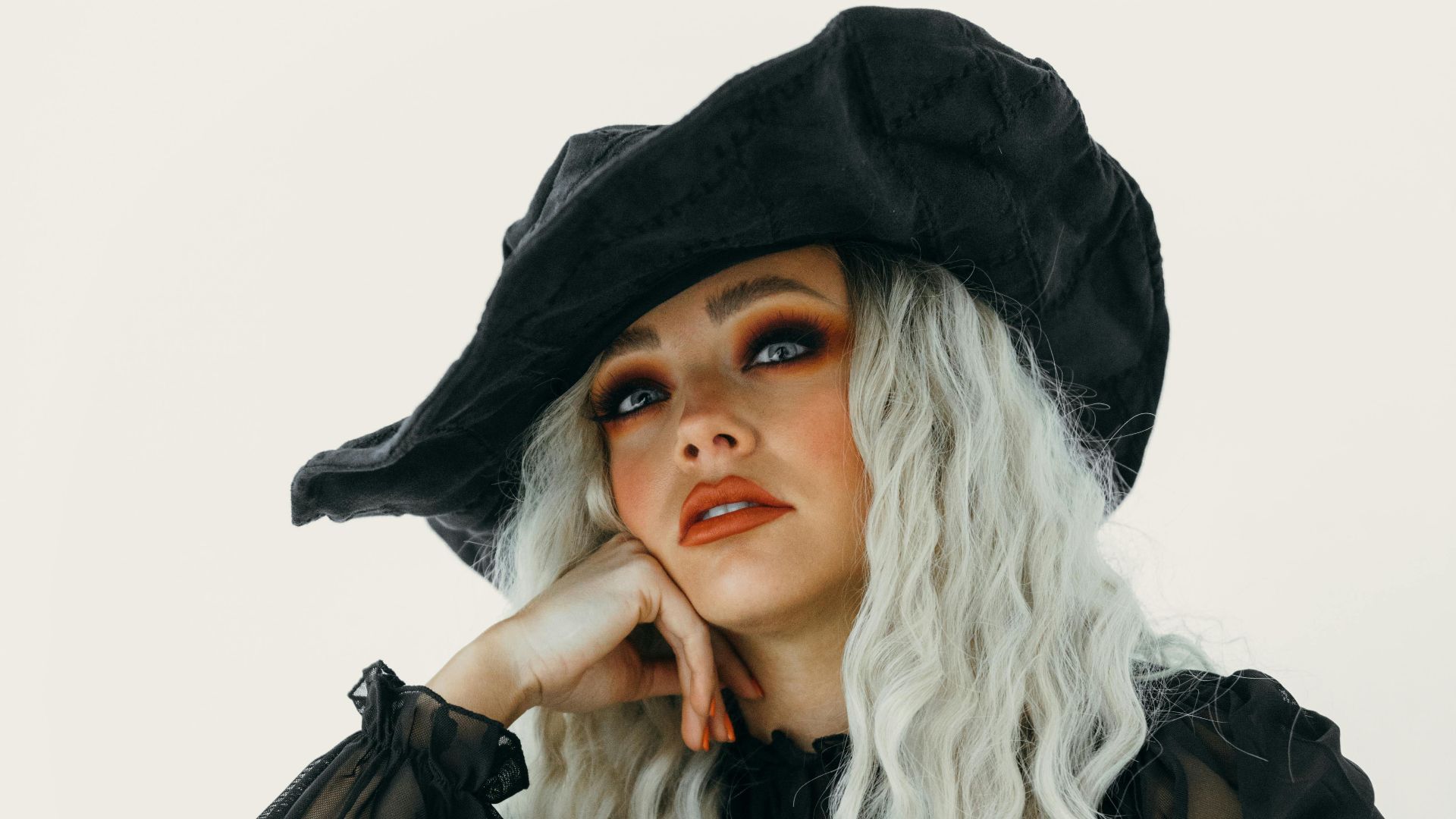Spooktacular Origins
The scariest night of the year is made up of decades, centuries, and millennia-long traditions, dating back to ancient European civilizations. The throughline, however, remains the same: costumes, trickery, and carving all have a part to play. To learn about the origins of Halloween and some of its most loved events, read on.
1. Etymology
Halloween or Hallowe’en is a contraction of All Hallows’ Eve. Popularized by Christian communities, the words “hallow” and “eve” mean “saint” and “evening,” respectively. Scotland is attributed with shortening the full name to Hallowe’en, solidified by Robert Burns’s 1786 poem Halloween.
2. Gaelic Origins
Like many of our holidays, Halloween comes from the Gaelic festival Samhain. Originally a marker for the end of the harvest season, Samhain sits between the autumnal equinox and the winter solstice. The celebration was mentioned in some of Ireland’s earliest literature, dating back to the 9th century, but the festival dates back more than 2 thousand years.
3. All Saints’ Day
This Christian feast day occurs on November 1st, and is celebrated to honor all the saints of the Church. Pope Gregory IV confirmed it as a feast day way back in 835 CE. Likely due to the belief that the veil between the living and the dead thinned on October 31st, All Saints’ Eve and All Saints’ Day also commemorate loved ones who have passed on.
4. Trick-Or-Treating
This popular children’s activity dates back to possibly 16th-century Scotland and Ireland. Known originally as “guising,” folks would go house to house on Halloween and put on small performances for food or treats. The term “trick or treat” actually comes from Canada, when the Lethbridge Herald reported children using the term back in 1927.
5. Bobbing For Apples
This fall activity actually has no original relation to Halloween, instead dating back to Roman and Celtic courting rituals. Young unmarried people would try to bite an apple floating in water, with the successful individual being the next one allowed to marry.
6. Jack O’Turnips
Jack O’ Lanterns were originally used to ward off evil spirits during the Samhain festival, but the original lanterns were usually carved from turnips or potatoes. The act of carving pumpkins started after Irish immigrants came to America, as they were more widely available.
7. The Pumpkin Capital Of The World
You may be surprised to know that Morton, Illinois, is the pumpkin capital of the world. The town produces around 85% of the world’s canned pumpkin, and 95% of the canned pumpkin in the United States.
 Priscilla Du Preez 🇨🇦 on Unsplash
Priscilla Du Preez 🇨🇦 on Unsplash
8. First Halloween Parade
Several towns claim to be the spot of America’s first Halloween parade. While Allentown, PA, is cited to hold the first parade back in 1905, Hiawatha, KS’s “Halloween Frolic” is believed to be the oldest continual parade in the United States.
9. Black And Orange
Halloween’s most closely associated colors also come from Samhain traditions. The color black represented the beginning of the dark, cold winter season, but also symbolized death. The death of the growing season, and as a representation of the veil thinning between the living and the dead. The color orange represented the autumnal harvest, but also represented the fires that burned during the festival.
10. Beggars’ Night
Beggars’ Night is a practice observed across parts of Ohio, Iowa, Nebraska, and several other states. Started over concerns of young children going out to trick-or-treat unsupervised, Beggars’ Night is usually held on October 30th, often finishing up around 8 pm.
11. The Full Moon
While we love the idea of a full moon on Halloween, it's actually a pretty rare event. An actual full moon only falls on Halloween every 18 to 19 years. Our last full moon was in 2020, and our next one will be in 2039. But the next one will be a blue moon, or the second full moon in October.
12. Candy Apples
Candy apples were created in 1908 by William Kolb. Wanting to show off his new red cinnamon candy during the Christmas season, Kolb dipped apples in his experimental mixture. The apples were so popular that he ended up selling them, with many making them as trick-or-treat items during the early 1900s.
13. Billion-Dollar-Holiday
Between costumes, candy, and decorations, the average American adult is expected to spend $114.45 on Halloween-related items this year. This individual amount comes out to a projected total of a record-breaking 13.1 billion dollars.
14. Samhainophobia
Samhainophobia is the fear of Halloween, in which folks will feel extreme anxiety or panic with anything related to the holiday.
15. Costumes
Samhain is also the reason we wear costumes on October 31st, even though the meaning has changed. 2,000 years ago, people wore costumes to avoid facing wrath from malevolent spirits, and this idea was continued with the popularization of All Saints’ Eve. In the 20th century, teenagers wore disguises while committing tricks and pranks to avoid discovery.
16. Black Cats
Black cats have had a long-standing history with witchcraft, and actually became objects of negative superstition with the Puritan Pilgrims. Due to this lasting belief, many towns have banned the adoption of black cats around Halloween, for fear of animal abuse or death.
17. “Devil’s Night”
This pranking practice originated in 18th-century Britain under the name "Mischief Night,” where young folks would go around pulling mild pranks the night of October 30th. The practice is more well-known as Devil's Night, however, do to the series of violent crimes that occurred in Detroit throughout the 70s and 80s.
18. Bats
Our nocturnal friends get their connection to Halloween from Samhain. The bonfires that burned during the festival attracted insects, which attracted bats. This idea was only furthered through Christian beliefs when bats were widely associated with evil characters in folklore, most notably, Dante’s Inferno and Dracula.
19. Candy Corn
Candy Corn is one of the oldest Halloween candies you can still buy today. It was originally called “chicken feed” and was created by George Renninger in the 1880s. The confectionery company Jelly Belly started mass-producing the candy in 1898.
20. Getting Scared
Horror has been closely associated with Halloween due to the supernatural beliefs of the Samhain festival. Thanks to a combination of these long-standing beliefs, the Halloween tradition of pranks, and the palpable chill in the air, it's no surprise that we turn to horror when the leaves start to change.
KEEP ON READING

20 Important Names From World War II You Should Know
Key Players From World War II (For Good or Bad).…
By Cathy Liu Nov 7, 2024
20 Facts About Halloween & Its History
Spooktacular Origins. The scariest night of the year is made…
By Breanna Schnurr Oct 22, 2025
The Musical Prodigy: 10 Fascinating Facts About Mozart & 10…
Secrets Behind the Symphony. Wolfgang Amadeus Mozart remains one of…
By Chase Wexler May 5, 2025
The Mysterious "Sea People" Who Collapsed Civilization
3,200 years ago, Bronze Age civilization in the Mediterranean suddenly…
By Robbie Woods Mar 18, 2025
20 Inventors Who Despised Their Creations
Made It… Then Hated It. Inventors often dream big, but…
By Chase Wexler Aug 8, 2025
20 Incredible Items In The British Museum People Say Were…
Mystery In History. The mighty halls of the British Museum…
By Chase Wexler Sep 8, 2025




















